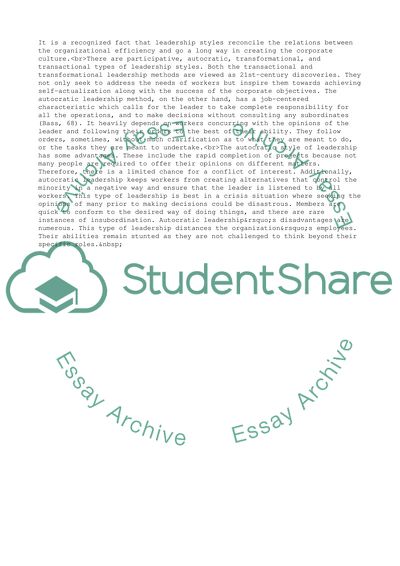Cite this document
(Leadership Styles and Organizations Productivity Research Paper, n.d.)
Leadership Styles and Organizations Productivity Research Paper. Retrieved from https://studentshare.org/management/1791958-analyze-how-various-models-of-leadership-techniques-or-styles-may-be-utilized-in-organization-to-improve-productivity
Leadership Styles and Organizations Productivity Research Paper. Retrieved from https://studentshare.org/management/1791958-analyze-how-various-models-of-leadership-techniques-or-styles-may-be-utilized-in-organization-to-improve-productivity
(Leadership Styles and Organizations Productivity Research Paper)
Leadership Styles and Organizations Productivity Research Paper. https://studentshare.org/management/1791958-analyze-how-various-models-of-leadership-techniques-or-styles-may-be-utilized-in-organization-to-improve-productivity.
Leadership Styles and Organizations Productivity Research Paper. https://studentshare.org/management/1791958-analyze-how-various-models-of-leadership-techniques-or-styles-may-be-utilized-in-organization-to-improve-productivity.
“Leadership Styles and Organizations Productivity Research Paper”, n.d. https://studentshare.org/management/1791958-analyze-how-various-models-of-leadership-techniques-or-styles-may-be-utilized-in-organization-to-improve-productivity.


